The mijwiz, a traditional double-pipe wind instrument deeply rooted in Arabian culture, owes much of its distinctive sound to an often-overlooked factor: the seasonal harvest of its reeds. In the vast deserts and oases of Saudi Arabia, where this instrument has flourished for centuries, the relationship between musician and material is as vital as the music itself. The art of crafting and playing the mijwiz cannot be separated from the natural rhythms of the reed beds that sustain it.
For generations, master mijwiz players have understood that the quality of their instrument begins long before the first note is played. The Phragmites australis reeds used for the pipes grow in scattered wetlands across the Arabian Peninsula, their hollow stalks providing the perfect natural resonator. These reeds undergo dramatic transformations throughout the year, with their cellular structure changing with the seasons in ways that significantly affect their musical properties.
The winter months in Saudi Arabia bring cooler temperatures and occasional rains that cause the reeds to grow more slowly. This gradual development creates a tighter cellular structure within the stalks. When harvested between December and February, these winter reeds produce a brighter, more piercing tone preferred for certain traditional melodies. The denser cell walls make the pipes more durable, though slightly heavier to play for extended periods.
As spring arrives across the reed beds, the plants respond to warmer temperatures with rapid growth. The cellular structure becomes more open and porous during this season. Musicians who seek a mellower, more resonant tone often favor spring-harvested reeds. There's an art to timing the spring harvest precisely - too early and the reeds lack sufficient growth; too late and they become overly brittle. Experienced harvesters watch for subtle changes in the color of the stalks and the texture of the leaves.
The harsh summer sun of the Arabian desert presents unique challenges for reed cultivation. While some might assume the dry season would be inhospitable to these water-loving plants, certain oasis regions maintain sufficient groundwater to sustain the reeds. Summer-harvested reeds develop a distinctive character - their walls thicken as water becomes scarcer, creating an instrument with exceptional projection. These reeds are particularly valued for outdoor performances where the sound needs to carry across large spaces.
Autumn brings another shift in the reed beds. As temperatures begin to moderate, the plants prepare for dormancy, channeling nutrients downward. This seasonal transition creates reeds with balanced acoustic properties - neither too bright like winter reeds nor too mellow like spring specimens. Many professional mijwiz players consider autumn-harvested reeds the most versatile, suitable for a wide range of musical pieces from lively wedding dances to solemn ceremonial music.
The relationship between reed harvesters and mijwiz craftsmen follows traditions passed down through generations. Harvesting is never done indiscriminately - experienced gatherers select individual stalks with care, leaving enough healthy plants to ensure future growth. They use specialized knives to make clean cuts at precise angles that allow the plant to regenerate. This sustainable approach has maintained healthy reed beds for centuries, despite the instrument's enduring popularity.
After harvesting, the reeds undergo a meticulous drying process that varies by season. Winter reeds, with their higher moisture content, require slower drying in shaded areas to prevent cracking. Summer reeds, already partially dried on the stalk, can undergo more rapid processing. The drying period significantly affects the final sound quality, with too much haste leading to unstable pipes and excessive patience risking mold development in more humid regions.
Seasonal variations don't end with the harvest. Skilled mijwiz players adapt their technique according to which season's reeds they're playing. Winter reeds, with their stiffer resistance, demand stronger breath support but reward the player with brilliant high notes. Summer reeds respond well to subtle ornamentation and vibrato techniques. This seasonal adaptability showcases the deep connection between Arabian musicians and their natural environment.
Modern manufacturing has introduced synthetic alternatives to traditional reed pipes, yet most serious mijwiz musicians continue to prefer naturally harvested reeds. They argue that no artificial material can replicate the subtle seasonal variations that give the instrument its living character. In an age of mass production, the mijwiz remains stubbornly tied to the earth's rhythms - a testament to the enduring wisdom of traditional Arabian music culture.
Recent environmental changes in the region have brought new attention to the mijwiz's raw materials. Declining water tables in some areas and changing seasonal patterns have affected reed growth cycles. Some elder musicians report that the "sound of the desert" itself is changing as the plants respond to these shifts. Conservation efforts now work to protect not just an instrument, but an entire ecosystem that sustains a vital part of Saudi Arabia's cultural heritage.
The seasonal journey of the mijwiz reed from wetland to wedding celebration represents more than just instrument manufacture - it embodies a philosophy of harmony between human creativity and natural cycles. Each note played carries within it the rains of winter, the sun of summer, and the careful hands that nurtured its development. In an increasingly homogenized world, this ancient relationship between musician, craft, and season offers a resonant reminder of music's deepest roots.

By /Jun 6, 2025

By /Jun 6, 2025
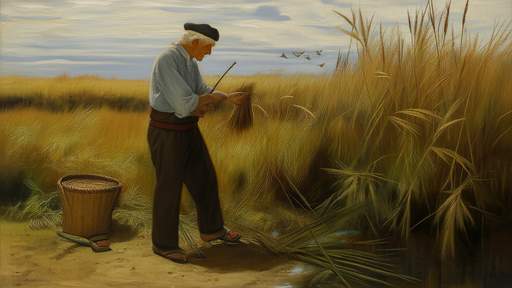
By /Jun 6, 2025
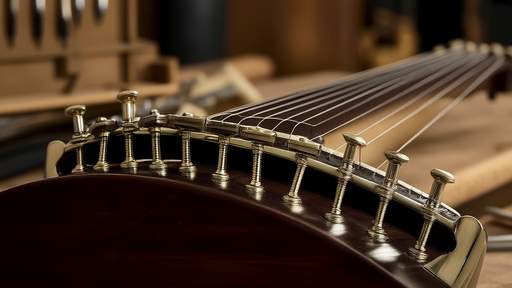
By /Jun 6, 2025
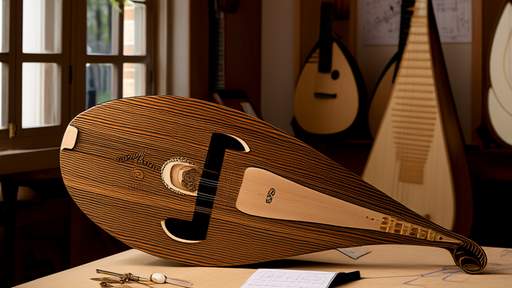
By /Jun 6, 2025
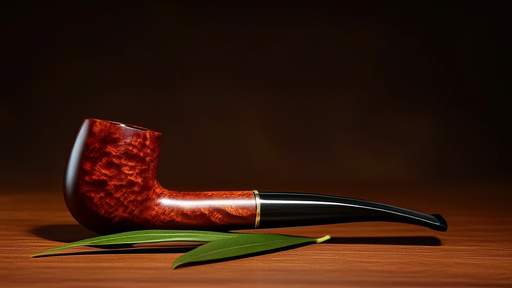
By /Jun 6, 2025
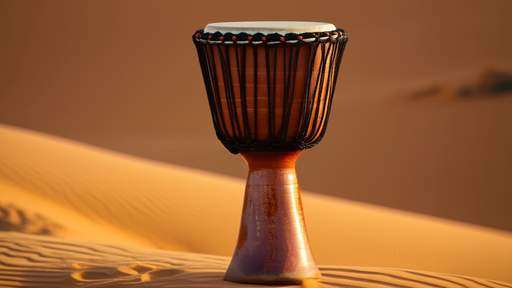
By /Jun 6, 2025

By /Jun 6, 2025
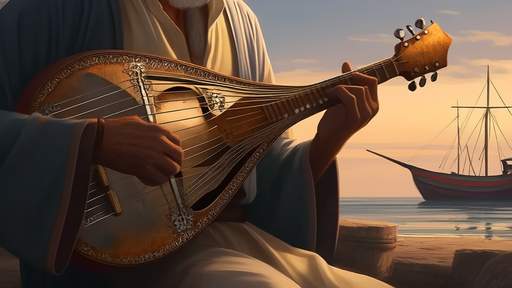
By /Jun 6, 2025
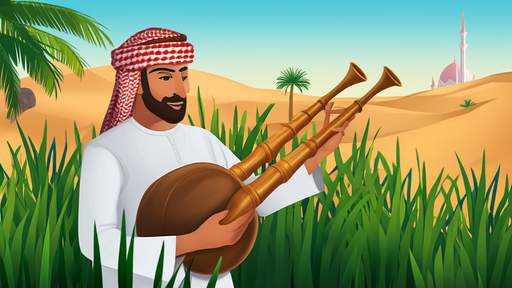
By /Jun 6, 2025

By /Jun 6, 2025

By /Jun 6, 2025
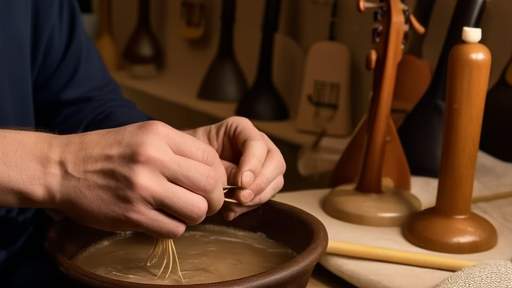
By /Jun 6, 2025

By /Jun 6, 2025
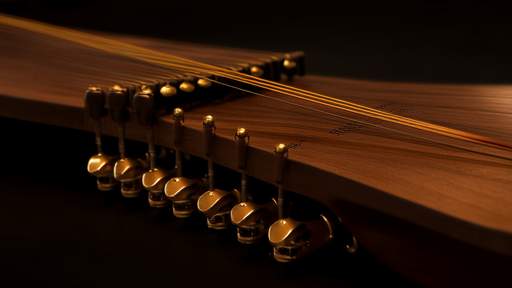
By /Jun 6, 2025
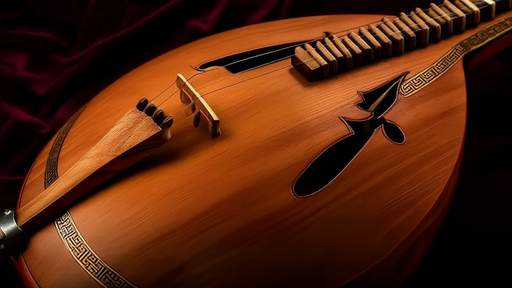
By /Jun 6, 2025
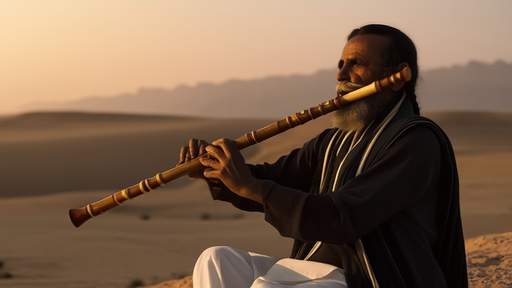
By /Jun 6, 2025
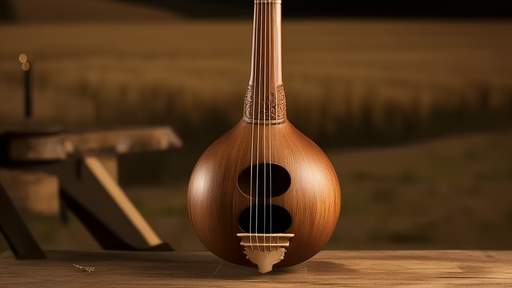
By /Jun 6, 2025
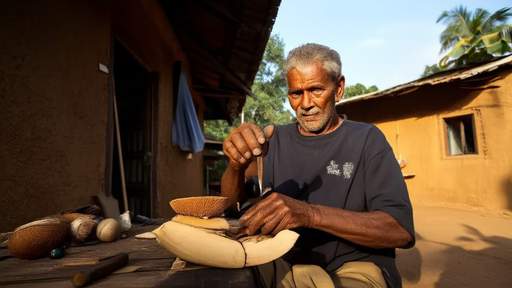
By /Jun 6, 2025
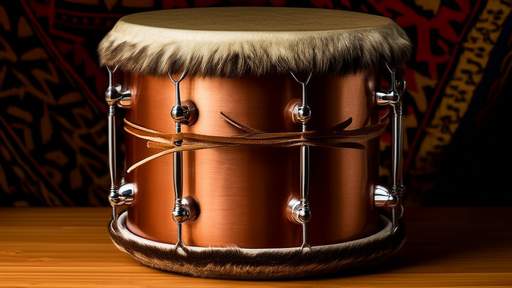
By /Jun 6, 2025